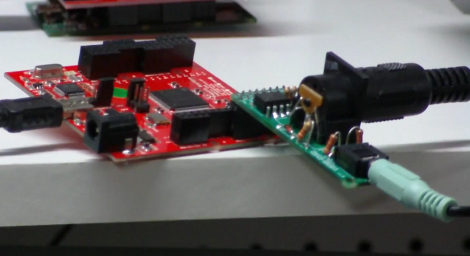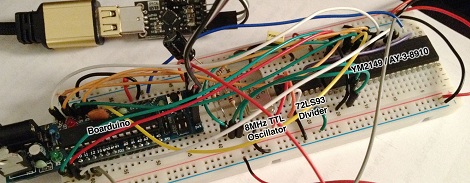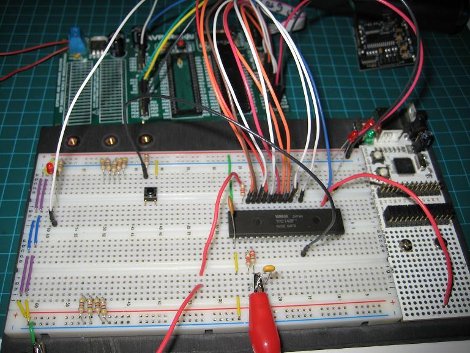
Finally one device combines the power of the Commodore 64 SID, Atari ST YM2149, and Amiga MOD audio into one awesome box. It’s called the RetroCade Synth, and there’s a Kickstarter that is perfect for starting your chiptune composing journey.
[Jack]’s RetroCade synth is connects directly to the Papilio One 500k FPGA. All the classic chiptune ICs can be emulated in this FPGA including the Commodore 64 SID chip, and an Amiga MOD player. Being a follow-up to [Jack]’s previous FPGA YM2149 project, he also threw that chip into the project for good measure. While the RetroCade doesn’t ship with every old chiptune IC – there isn’t support for NES, Atari, GameBoy, or SN76489-based chiptunes yet – that is something [Jack] will add once the Kickstarter is completed.
After the break you can see [Jack] jamming out on his RetroCade project playing a YM2149, SID, and Amiga MOD sounds simultaneously. For $100, it’s comparable to the venerable MIDIbox SID, but also allows anyone to play whatever genre of chiptunes they desire.














